 |
 |
 |
|---|
 |
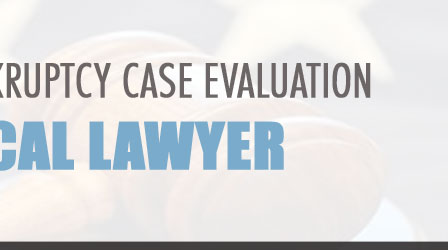 |
 |
|---|---|---|
 |
 |
 |
 |
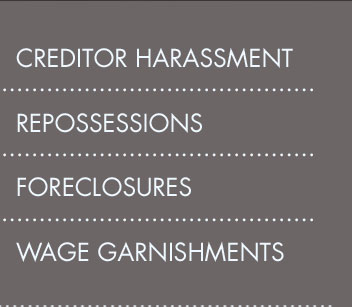 |
 |
|---|---|---|
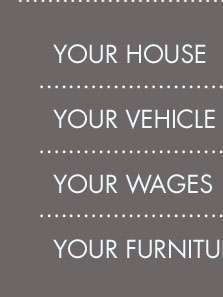 |
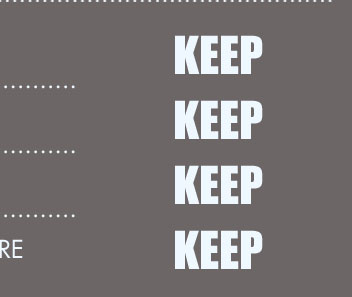 |
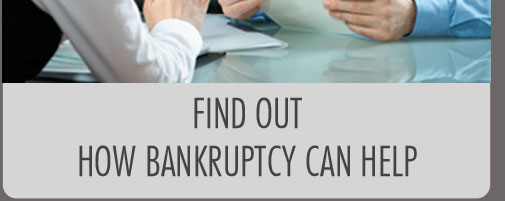 |
 |
Filing Bankruptcy in Washington: Understanding Your Options and Steps
Filing for bankruptcy in Washington can be a daunting process, but it can also provide a fresh financial start for those struggling with overwhelming debt. This article will guide you through the essentials of bankruptcy filing in the state of Washington, highlighting the pros and cons of this legal process.
Types of Bankruptcy Available in Washington
Chapter 7 Bankruptcy
Chapter 7 bankruptcy, also known as liquidation bankruptcy, involves the sale of a debtor's non-exempt assets to pay off creditors. This process can be completed in a few months and typically results in the discharge of most unsecured debts.
Chapter 13 Bankruptcy
Chapter 13 bankruptcy allows individuals to reorganize their debts and establish a repayment plan over three to five years. This type is suitable for those with a regular income who wish to retain their assets.
Pros and Cons of Filing Bankruptcy
Benefits
- Debt Relief: Bankruptcy provides a legal mechanism for discharging unsecured debts.
- Automatic Stay: Once filed, an automatic stay is placed, preventing creditors from pursuing collection activities.
- Financial Fresh Start: Bankruptcy can offer a fresh financial beginning, free from insurmountable debt.
Drawbacks
- Impact on Credit Score: Filing bankruptcy significantly affects your credit score, potentially impacting future borrowing capabilities.
- Public Record: Bankruptcy filings are public records, which might be a concern for some individuals.
- Asset Liquidation: In Chapter 7, some assets may be sold to pay creditors, affecting property ownership.
For those outside Washington, similar legal considerations apply. You might consider reaching out to professionals in your area, such as a bankruptcy attorney milwaukee wi or a bankruptcy attorney murfreesboro tn, for localized guidance.
Steps to File for Bankruptcy in Washington
- Credit Counseling: Complete a mandatory credit counseling session from an approved agency.
- Gather Necessary Documents: Collect financial documents such as tax returns, pay stubs, and a list of debts.
- File the Petition: Submit a bankruptcy petition along with the required schedules to the appropriate court.
- Attend the Meeting of Creditors: Participate in a meeting with your creditors and a bankruptcy trustee.
- Complete a Debtor Education Course: After filing, complete a debtor education course to obtain a discharge.
FAQs on Filing Bankruptcy in Washington
What is the difference between Chapter 7 and Chapter 13 bankruptcy?
Chapter 7 involves liquidating non-exempt assets to pay creditors, whereas Chapter 13 allows for debt reorganization and a repayment plan.
How does filing bankruptcy affect my credit score?
Filing bankruptcy significantly lowers your credit score initially but can improve over time as you rebuild credit and manage finances responsibly.
Understanding the intricacies of filing bankruptcy in Washington is crucial for making informed financial decisions. By considering both the benefits and drawbacks, you can determine the best path forward for your financial future.
To begin the bankruptcy process you must itemize your current income sources; major financial transactions for the last two years; monthly living expenses; ...
All filers pay a $338 filing fee in Chapter 7 unless the court grants a fee waiver and a $313 filing fee in Chapter 13 (amounts current as of January 2025). You ...
Filing for bankruptcy is a serious matter and it is strongly recommended that anyone considering filing bankruptcy seek legal advice and representation from ...
![]()